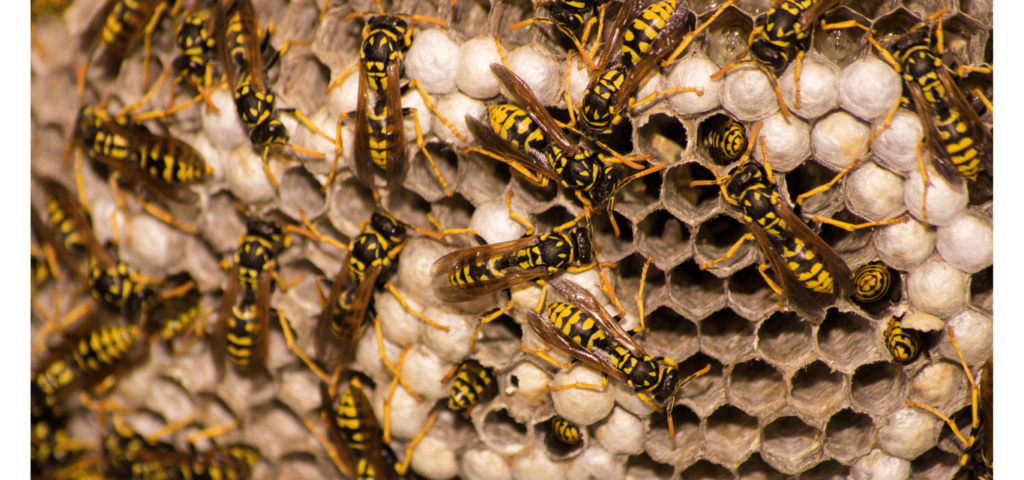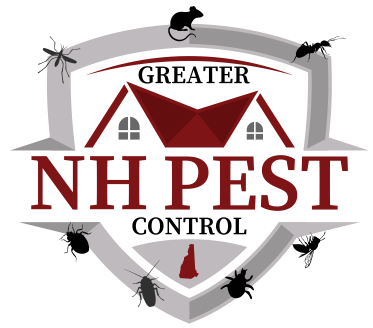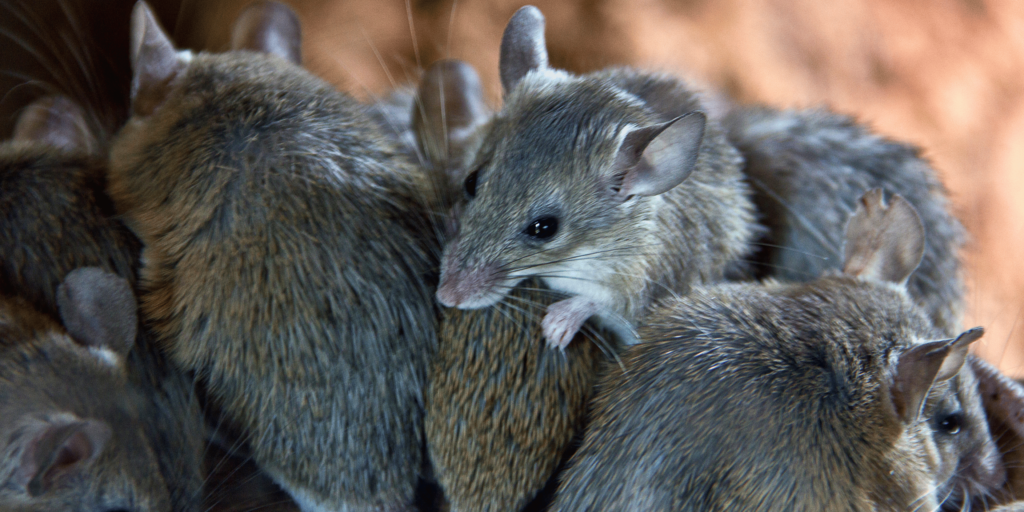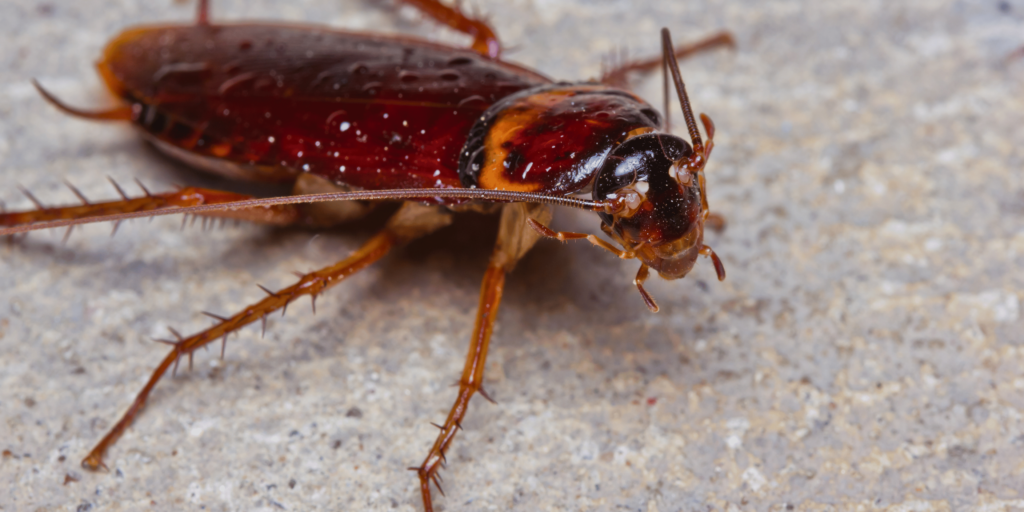Mastering Stinging Insect Control: Top 5 Attractors and How to Manage Them

greaternhpestcontrol
- May 21, 2024
- No Responses
Mastering Stinging Insect Control: Top 5 Attractors and How to Manage Them
Welcome to our comprehensive guide on stinging insect control – your ultimate resource for understanding what attracts hornets, wasps, and yellow jackets to your surroundings and how to effectively manage them. These stinging insects not only pose a nuisance but can also be dangerous, especially for those with allergies. In this blog, we’ll dive into the top five things that attract stinging insects and provide actionable strategies on how to control stinging insects, ensuring a safer and more enjoyable environment for you and your family.
1. Sweet Foods and Beverages
Stinging insects like hornets, wasps, and yellow jackets are highly attracted to sweet foods and beverages. These insects are often drawn to sugary substances, making picnics, outdoor parties, and open food containers prime targets. They can easily detect the scent of sweet foods and will flock to uncovered beverages and treats, creating a potentially hazardous situation.
To control stinging insects, always keep food and drinks covered when dining outdoors. Use sealed containers for storing sweet foods and beverages, and clean up spills and crumbs immediately. Consider using decoy traps filled with sugar water placed away from your gathering areas to lure stinging insects away from you and your guests. Additionally, avoid wearing heavily scented perfumes or lotions that might attract these insects.
2. Protein-Rich Foods
In addition to their sweet tooth, stinging insects are also attracted to protein-rich foods. During the late summer and early fall, wasps and yellow jackets switch their dietary preferences to seek out protein sources such as meats, pet food, and garbage. This shift is due to their need to feed their developing larvae back in the nest.
To control stinging insects, ensure that all protein-rich foods are securely covered when outdoors. Dispose of food waste promptly and use trash cans with tight-fitting lids to prevent access. Avoid leaving pet food outside for extended periods and clean up any scraps immediately after feeding. By minimizing access to protein sources, you can reduce the likelihood of attracting stinging insects to your outdoor spaces.
3. Floral Scents and Bright Colors
Stinging insects are naturally drawn to floral scents and bright colors, which they associate with flowers and nectar. This attraction can be problematic for those who enjoy gardening or have flowering plants around their property. Brightly colored clothing and floral-patterned fabrics can also attract these insects, increasing the risk of stings.
To control stinging insects, opt for neutral-colored clothing when spending time outdoors and avoid wearing floral patterns that might catch their attention. When planting a garden, consider placing flowering plants away from high-traffic areas and entrances to your home. Additionally, use unscented or lightly scented lotions and cosmetics to reduce the chances of attracting these insects.
4. Nesting Sites
Hornets, wasps, and yellow jackets are constantly seeking suitable nesting sites, which can include eaves, attics, sheds, and even underground burrows. These locations provide shelter and protection for their colonies, making your property an ideal spot for them to establish their nests. Overhanging structures, hollow spaces, and dense vegetation are particularly attractive for nest-building.
To control stinging insects, regularly inspect your property for potential nesting sites and take preventive measures. Seal any cracks or gaps in your home’s exterior, remove debris and dense vegetation, and keep outdoor structures well-maintained. Consider using insect repellents or treatments in vulnerable areas to deter nesting. If you discover an existing nest, it’s best to contact a professional pest control service to safely remove it.
5. Water Sources
Stinging insects, like all creatures, need water to survive. They are often drawn to accessible water sources such as birdbaths, puddles, and even pet water dishes. Stagnant water can be particularly attractive, providing both a drinking source and a place for insects to cool down during hot weather.
To control stinging insects, eliminate standing water around your property by regularly emptying birdbaths, cleaning gutters, and fixing any leaks. Ensure that pet water dishes are refreshed frequently and placed in areas less accessible to stinging insects. Consider installing water features with moving water, such as fountains, which are less likely to attract these pests compared to stagnant water.
Understanding what attracts stinging insects is crucial for effective control and prevention. By addressing these five key attractors – sweet foods and beverages, protein-rich foods, floral scents and bright colors, nesting sites, and water sources – you can take proactive steps to minimize their presence and reduce the risk of stings. Incorporate these insights into your pest control strategy to create a safer, more enjoyable outdoor environment for you and your family. With proper management and vigilance, you can enjoy your outdoor spaces without the worry of stinging insect infestations.



